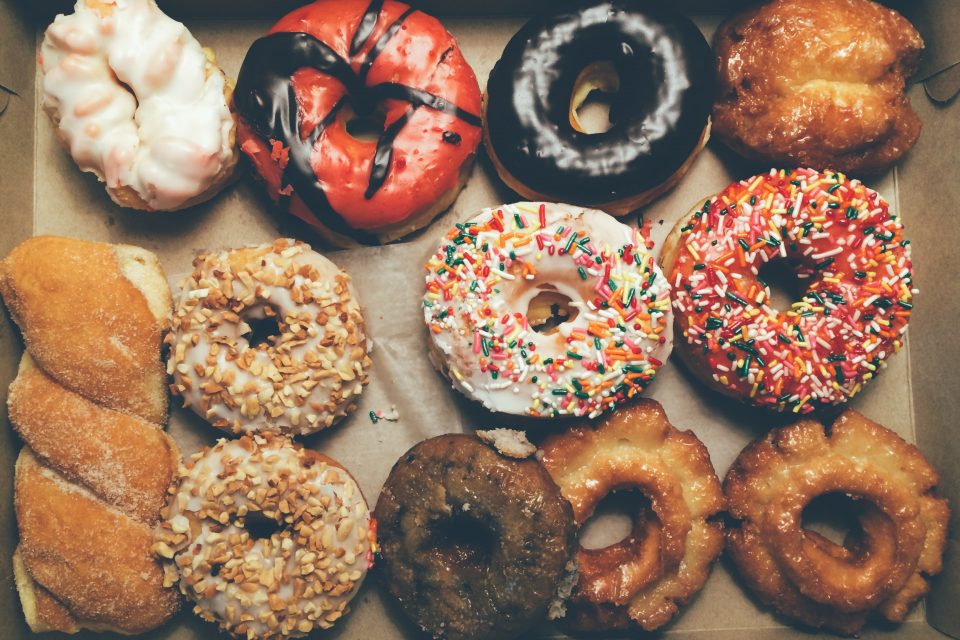Glycogen & Carbohydrates
During any amount of intense activities, your body will use carbohydrates for energy. These carbohydrates are broken down into glucose and glycogen. One is found in the blood stream while the other comes from your muscles and liver. The body uses these molecules to help sustain itself. Finally, our body will not be able to continue performing an intense activity without the conversion of glucose and glycogen.
How it Works
First, glucose comes from stored glycogen in the muscles. However, it is important to understand that glycogen is stored in the liver plays a part. By converting into glucose, its remains are sent through the blood stream. In this case, energy is provided by muscle GLY and blood glucose can give energy to our brain. When energy is not sufficient in the brain, we feel a lack of coordination and concentration. Depending on the amount of intensity, 25-85% of the VO2 max or maximum rate of oxygen, will be supplied by muscle GLY (Blake, 2019. pp. 428). Therefore, the body relies on this conversion!
Duration & Conditioning
At the very start of an exercise of low to moderate intensity, stored muscle GLY is the main carbohydrate source. Only twenty minutes of this type of intensity causes the GLY to deplete. Right after, the GLY stored in your liver comes to the rescue. It converts into glucose for energy and to prevent hypoglycemia (pp. 428). If the duration of exercise continues and both muscle and liver GLY are gone, then your body will not keep going. Endurance runners refer to this as, “hitting the wall” or “bonking” (pp. 429).
The term training is the same as conditioning. 20-50% of GLY in the muscle is a result of training (pp. 429). Muscles that are trained are better than untrained muscles. This is why athletes will perform hybrid training. They can run longer and more frequently with trained muscles as a result of weight lifting. You will need to eat a high carbohydrate meal and train your muscles to increase your exercise endurance (pp. 429)
Amount of Carbohydrates Needed for Exercise
Most adults should consume 40-65% of their daily energy intake from carbohydrates (pp. 429). Remember, glycogen stores are continuously being depleted and replenished (pp. 429). Also, the best types of carbs to eat during or right after exercise are simple carbohydrates. These types of food are fruits, white breads, and cereal and easy to digest. On the other hand, they enter the blood stream slowly. This provides sustained energy.
Carbohydrates Needed for Activity & Recovery (pp. 429)
Moderate activity is 60 to 90 minutes of activity and yields five to seven grams of carbs per body weight each day. 1-3 hours of moderate to high activity yields seven to twelve grams of carbs per body weight each day. 4-6 hours of extreme endurance yields ten to thirteen grams of carbs per body weight each day.
Author: Jamie Moore Sam Houston State University Pre-Nursing
Works Cited
Blake, J. S. (2019). Nutrition & You (5th Edition) (5th ed.). Pearson.


